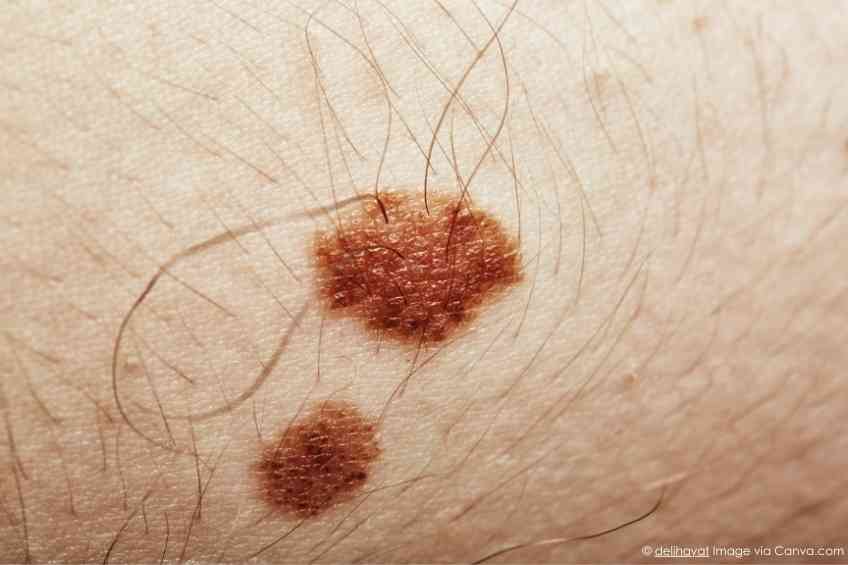By Sean Zucker –
Could the key to reversing balding be those pesky skin moles? That’s what one recent study is suggesting, which represents a tantalizing prospect for the millions of men who lose hair as they age. A team led by University of California, Irvine (UCI) researchers, in fact, specially examined how the chemistry of these natural beauty marks may unlock the secret to hair regrowth.
The UCI team set out to determine why moles tend to produce longer than average hairs and how it might help hair growth in other areas of the body. Published in Nature, the study discovered the influence of certain molecules within mole hairs, also known as nevi, that enhance its ability to activate hair growth. By experimenting on mice, the researchers found that a specific molecule called osteopontin may impact previously dormant hair follicle stem cells. The study notes that osteopontin is commonly prominent in hairy skin moles.
“We found that senescent pigment cells produce large quantities of a specific signaling molecule called osteopontin, which causes normally dormant and diminutive hair follicles to activate their stem cells for robust hair growth of long and thick hairs,” reported lead corresponding author and UCI professor Maksim Plikus.
The team tested the concept by grafting human skin samples onto mice before injecting them with osteopontin molecules. These injections occurred in threes and were spaced apart by one day. In less than a week, the mice were able to grow hairs that were roughly one centimeter long. “Senescent cells are typically viewed as detrimental to regeneration and are thought to drive the aging process as they accumulate in tissues throughout the body, but our research clearly shows that cellular senescence has a positive side to it,” Plikus added.
As a control test, the team then injected a neutral protein in a separate spot on the skin. No new hair growth was recorded. Further analysis pointed to a matching hair stem cell receptor molecule known as CD44. According to the study, the molecular interaction between osteopontin and CD44 caused hair stem cells to activate and produce significant hair growth.
“Our findings provide qualitatively new insights into the relationship between senescent cells and tissue’s own stem cells and reveal positive effects of senescent cells on hair follicle stem cells,” co-corresponding author and UCI associate specialist in developmental and cell biology at UCI Xiaojie Wang said. “As we learn more, that information can potentially be harnessed to develop new therapies that target properties of senescent cells and treat a wide range of regenerative disorders, including common hair loss.
This study follows nearly a decade of moleskin research and its relationship to hair growth at UCI. The researchers hope these findings can not only help those feeling insecure about their natural hair loss due to age but also individuals suffering from diseases that cause baldness. “In addition to osteopontin and CD44, we’re looking deeper into other molecules present in hairy skin nevi and their ability to induce hair growth. It’s likely that our continued research will identify additional potent activators,” Plikus added.
These findings should come as a welcome surprise for American men, especially those who are maturing out of the core 18-29 age bracket. WebMD notes that by age 35, two-thirds of U.S. men will face some level of hair loss, also known as androgenetic alopecia. By age 50, roughly 85 percent of men will face significant hair thinning. In short, older men should thank their moles because those might eventually save them from wearing a toupee.













